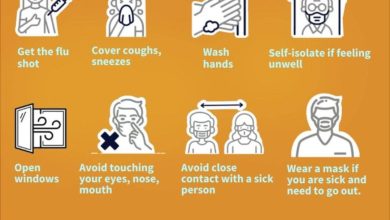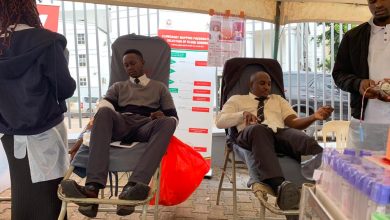Uganda’s Under-Five Mortality Rate: UNICEF Calls for Urgent Action to Save Lives

Health –>
According to the latest UNICEF data, Uganda’s under-five mortality rate stands at approximately 43 deaths per 1,000 live births.
Despite significant progress over the past two decades, Uganda continues to face a high under-five mortality rate, with thousands of children dying each year from preventable causes.
UNICEF has highlighted the urgent need for comprehensive interventions to address this persistent challenge, emphasizing the critical role of community health systems, improved nutrition, and access to clean water.
According to the latest UNICEF data, Uganda’s under-five mortality rate stands at approximately 43 deaths per 1,000 live births.
While this represents a substantial reduction from 152 per 1,000 in 1990, the rate remains unacceptably high.
“These are not just statistics; they represent children whose lives were cut short by preventable causes,” said UNICEF Uganda Representative Munir Safieldin.
“No child should die from malaria, diarrhea, pneumonia, or malnutrition—issues that can be addressed with the right investments and political will.”
The organization underscores the importance of community-based health services. Village health teams (VHTs), often the first point of care in rural areas, play a vital role in preventing and treating common childhood illnesses.
“Equipping and training VHTs to deliver essential healthcare services, such as immunization, malaria treatment, and maternal health support, can save countless lives,” Safieldin stated.
Malnutrition is a leading contributor to under-five deaths in Uganda, with nearly one-third of children under five suffering from stunted growth.
UNICEF calls for scaled-up nutrition programs, including the promotion of breastfeeding, provision of micronutrient supplements, and education on healthy feeding practices.
“Good nutrition is the foundation of a child’s survival and development,” Safieldin explained. “A well-nourished child is better equipped to fight off diseases and reach their full potential.”
Unsafe water and poor sanitation significantly increase the risk of diarrhea and other deadly illnesses. UNICEF advocates for increased investment in clean water sources and sanitation facilities, particularly in rural and underserved areas.
“Access to clean water is not just a basic human right—it is a lifesaver for young children,” Safieldin emphasized.
Vaccination programs remain a cornerstone of child survival efforts. Uganda has made strides in expanding immunization coverage, but gaps persist, particularly in hard-to-reach communities.
“We must ensure that every child, regardless of where they live, has access to life-saving vaccines,” said Safieldin. “Vaccines are one of the most cost-effective tools we have to prevent childhood deaths.”
UNICEF is calling on the Ugandan government, development partners, and local communities to work together to address under-five mortality.
“This is a challenge we can overcome, but it requires coordinated efforts and sustained investments,” Safieldin noted. “By prioritizing children’s health and wellbeing, we can save lives and secure a brighter future for Uganda’s next generation.”
As the country strives to meet global health targets, UNICEF’s message is clear: with the right interventions, Uganda can ensure that more children survive and thrive.




